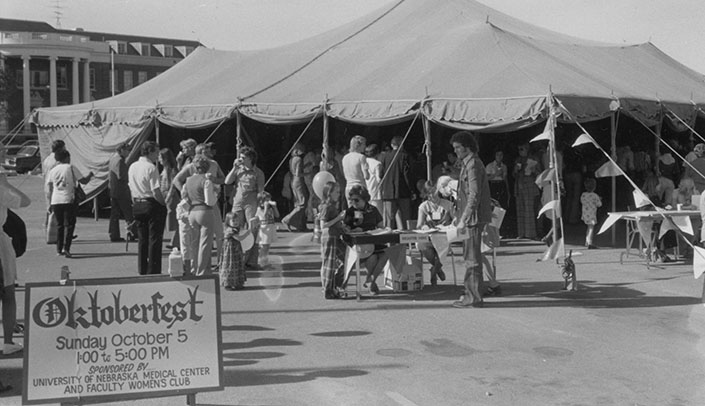Eppley Institute for Cancer Research
Distinguished scientist: Prakash Radhakrishnan, PhD
Dr. Radhakrishnan’s research focus is pancreatic cancer and tumor glycobiology.
Feb 4, 2022
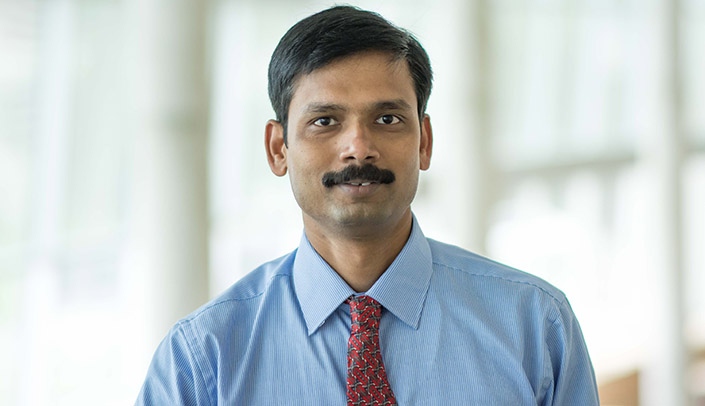
UNMC names 2021 Scientist Laureate: Andre Kalil, MD
Dr. Kalil will be honored along with Distinguished Scientist, Research Leadership and New Investigator Award winners on Feb. 24.
Jan 18, 2022
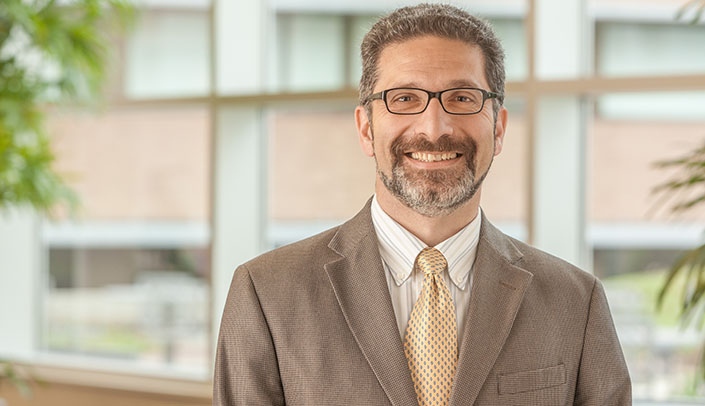
Cancer center looking to fund pilot research projects
Fred & Pamela Buffett Cancer Center’s community outreach and engagement effort is requesting applications for 2022 pilot projects.
Jan 10, 2022
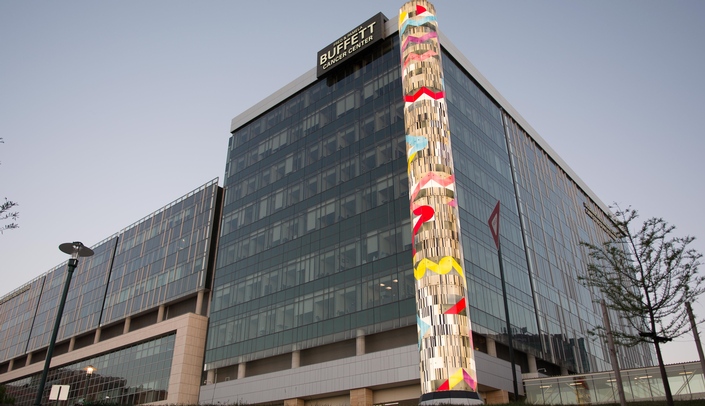
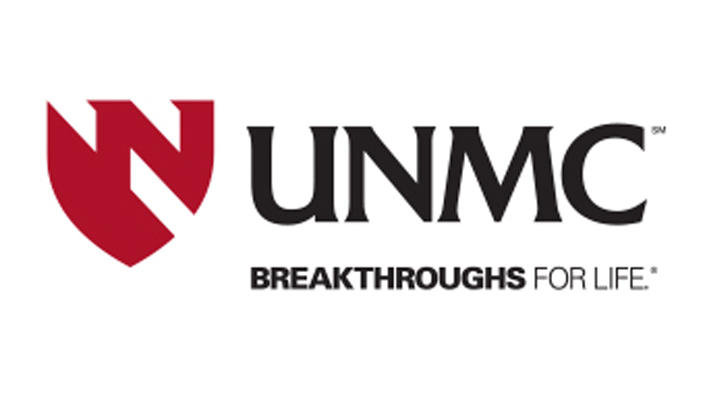
Kearney cancer clinic to join Nebraska Medicine next month
Heartland Hematology and Oncology will become part of the health network on Dec. 16.
Nov 23, 2021
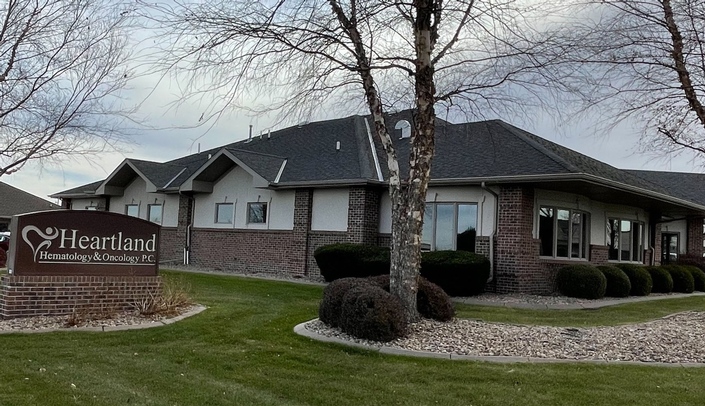
Nominations open for community service to research award
Award honors people and groups in the community supporting UNMC’s research mission.
Nov 15, 2021
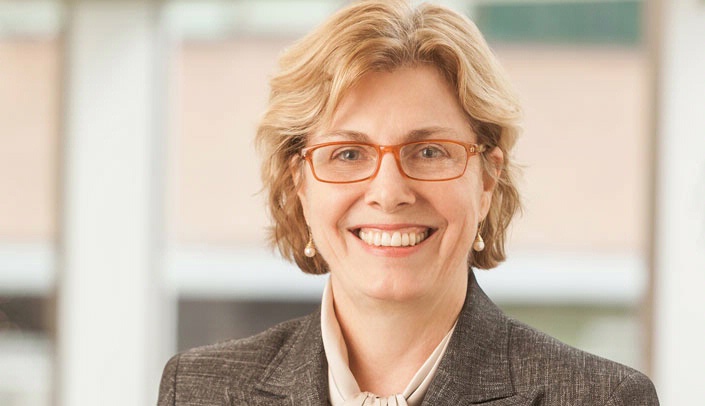
Jyoti Kaushal, PhD, honored for excellence in research
Dr. Kaushal was honored at the postdoctoral education annual event.
Nov 11, 2021
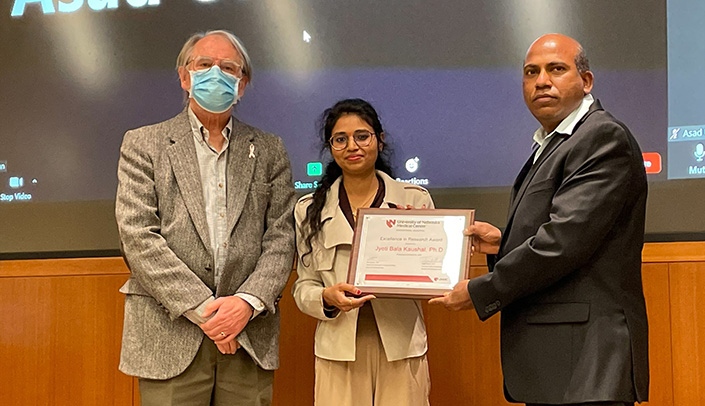
Transition begins for new oncology leadership
Administrative oncology leadership will transition from Theresa Franco to Kyle Skiermont, PharmD.
Nov 4, 2021
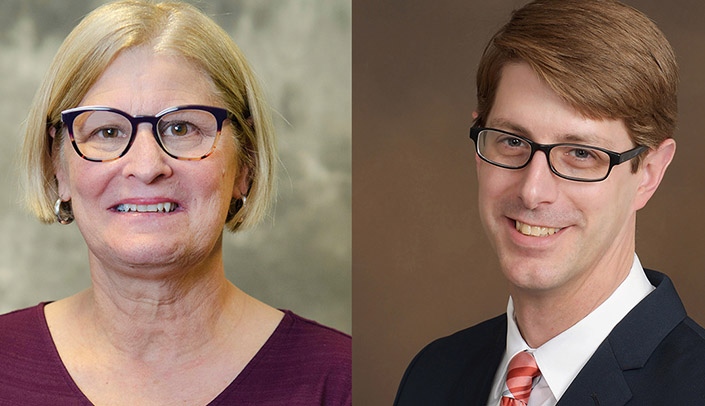
Cancer center offers pilot program funding opportunity
The Pilot Projects Program aims to foster the development of promising early-stage cancer research projects.
Oct 21, 2021
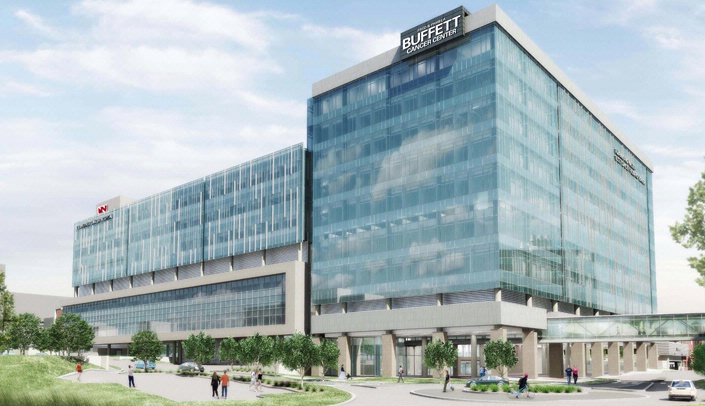
UNMC history: A different type of Oktoberfest
Health-themed event proved popular for UNMC in the 1970s.
Oct 20, 2021
